Biomedical Engineering Reference
In-Depth Information
90. Debrock, S. and Decleck, P.J., Characterization of common neoantigenic epitopes generated in plas-
minogen activator inhibitor-1 after cleavage of the reactive center loop or after complex formation with
various serine proteinases,
FEBS Lett
., 376, 243, 1995.
91. Nordling, K. and Bjork, I., Identifi cation of an epitope in antithrombin appearing on insertion of the
reactive-bond loop into the A beta-sheet,
Biochemistry
, 35, 10436, 1996.
92. Whisstock, J., Lesk, A.M., and Carrell, R., Modeling of serpin-protease complexes: Antithrombin-
thrombin, alpha-1-antitrypsin (358Met
−>
Arg)-thrombin, alpha-1-antitrypsin (358Met→Arg)-trypsin,
and antitrypsin-elastase,
Proteins
, 26, 288, 1996.
93. Skinner, R. et al., The 2.6 A structure of antithrombin indicates a conformational change at the heparin
binding site,
J. Mol. Biol
., 266, 601, 1997.
94. Jin, L. et al., The anticoagulant activation of antithrombin by heparin,
Proc. Natl Acad. Sci. USA
,
94, 14683, 1997.
95. Meagher, J.L. et al., Deconvolution of the fl uorescence emission spectrum of human antithrombin and
identifi cation of the tryptophan residues that are responsive to heparin binding,
J. Biol. Chem
., 273,
23283, 1998.
96. Koide, T. et al., Replacement of arginine-47 by cysteine in hereditary abnormal antithrombin III that
lacks heparin-binding ability,
Proc. Natl Acad. Sci. USA
, 81, 289, 1984.
97. Owen, M.C. et al., Heparin binding defect in a new antithrombin III variant: Rouen, 47 Arg to His,
Blood
, 69, 1275, 1987.
98. Borg, J.Y. et al., Proposed heparin binding site in antithrombin based on arginine 47: A new variant
Rouen-II, 47Arg to Ser,
J. Clin. Invest
., 81, 1292, 1988.
99. Chang, J.Y. and Tran, T.H., Antithrombin III basel. Identifi cation of a pro-leu substitution in a hereditary
abnormal antithrombin with impaired heparin cofactor activity,
J. Biol. Chem
., 261, 1174, 1986.
100. Smith, J.W. and Knauer, D.J., A heparin binding site in antithrombin III,
J. Biol. Chem
., 262, 11964,
1987.
101. Ersdal-Badju, E. et al., Identifi cation of the antithrombin III heparin binding site,
J. Biol. Chem
., 272,
19393, 1997.
102. Skinner, R. et al., Implications for function and therapy of a 2.9 A structure of binary-complexed anti-
thrombin,
J. Mol. Biol
., 283, 9, 1998.
103. Hatton, M.W., Berry, L.R., and Regoeczi, E., Inhibition of thrombin by antithrombin III in the presence
of certain glycosaminoglycans found in the mammalian aorta,
Thromb. Res
., 13, 655, 1978.
104. Fan, B. et al., Heterogeneity of recombinant human antithrombin III expressed in baby hamster kidney
cells. Effect of glycosylation differences on heparin binding and structure,
J. Biol. Chem
., 268, 17588,
1993.
105. Olson, S.T. et al., Effect of individual carbohydrate chains of recombinant antithrombin on heparin
affi nity and on the generation of glycoforms differing in heparin affi nity,
Arch. Biochem. Biophys
., 341,
212, 1997.
106. Brieditis, T.B. et al., The oligosaccharide side chain on Asn-135 of alpha-antithrombin, absent in beta-
antithrombin, decreases the heparin affi nity of the inhibitor by affecting the heparin-induced conforma-
tional change,
Biochemistry
, 36, 6682, 1997.
107. Mertens, G. et al., Cell surface heparan sulfate proteoglycans from human vascular endothelial cells.
Core protein characterization and antithrombin III binding properties,
J. Biol. Chem
., 267, 20435,
1992.
108. Bianchini, P. et al., Heterogeneity of unfractionated heparins studied in connection with species, source,
and production processes,
Semin. Thromb. Hemost
., 23, 3, 1997.
109. Templeton, D.M., Proteoglycans in cell regulation,
Crit. Rev. Clin. Lab. Sci
., 29, 141, 1992.
110. Lidholt, K., Biosynthesis of glycosaminoglycans in mammalian cells and in bacteria,
Biochem. Soc.
Tra ns
., 25, 866, 1997.
111. Ernst, S. et al., Enzymatic degradation of glycosaminoglycans,
Crit. Rev. Biochem. Mol. Biol
.,
30, 387, 1995.
112. Kobayashi, M. et al., Molecular cloning and characterization of a human uronyl-2-sulfotransferase
that sulfates iduronyl and glucuronyl residues in dermatan/chondroitin sulfate,
J. Biol. Chem
., 274,
10474, 1999.
113. Gallagher, J.T. and Walker, A., Molecular distinctions between heparin sulphate and heparin. Analysis
of sulphation patterns indicates that heparin sulphate and heparin are separate families of N-sulphated
polysaccharides,
Biochem. J
., 230, 665, 1985.

